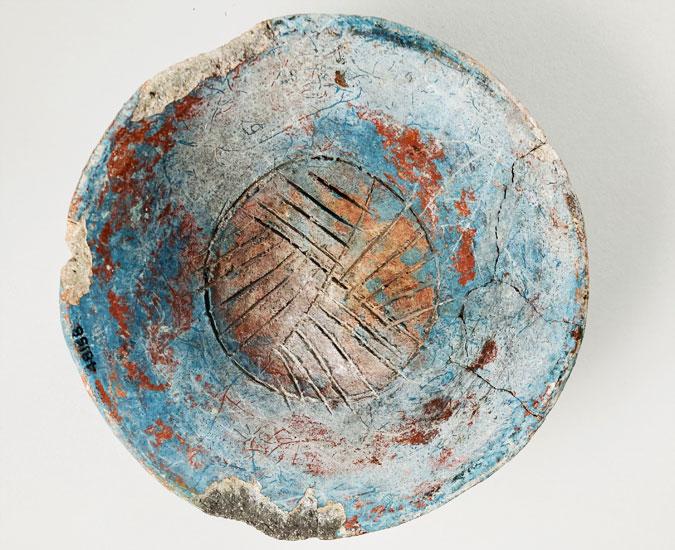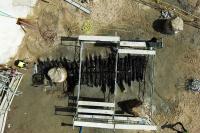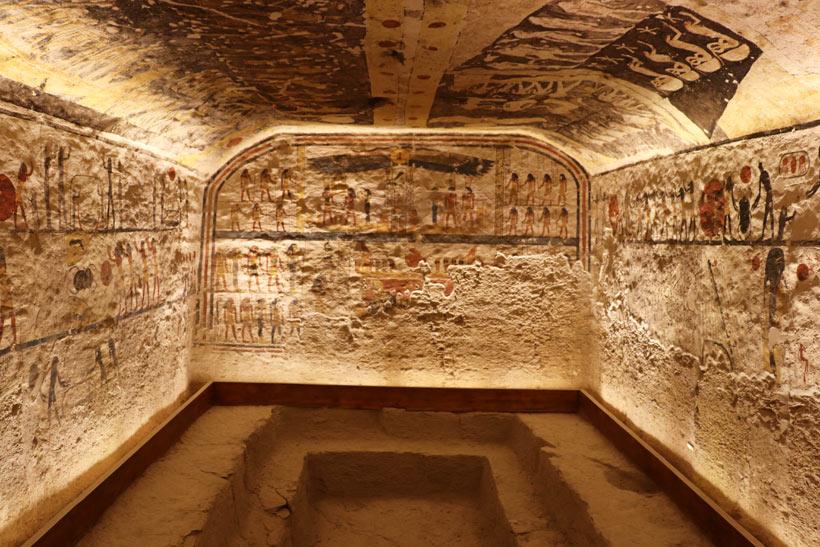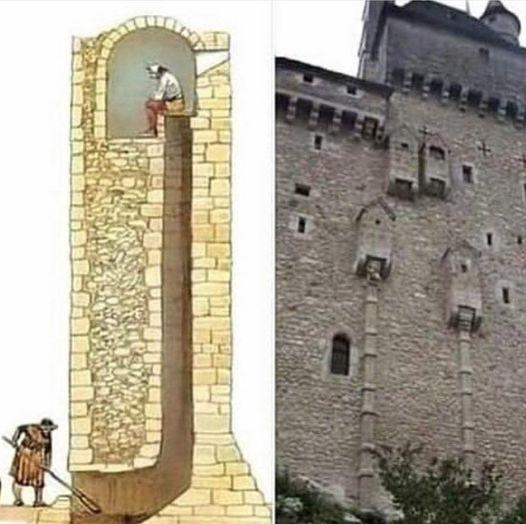In the sun-baked lands where history whispers through ancient stones, archaeologists have unearthed a finding that echoes the thrilling spirit of cinema’s most legendary adventurer. At a site that has captivated human imagination for centuries, a team of intrepid researchers has pulled back the veil of time, revealing a treasure that bridges the gap between archaeological precision and the wild-hearted exploration immortalized by Indiana Jones. This revelation not only challenges our understanding of a legendary civilization but also reignites the primal human passion for uncovering secrets long buried beneath layers of earth and myth.In the shadow of the ancient Mesoamerican marvel, archaeologists have unearthed a groundbreaking revelation that rivals the most thrilling adventure narratives. Chichen Itza, the legendary Maya site in Mexico’s Yucatan Peninsula, has once again proven its capacity to surprise and astound researchers with a discovery that challenges previous understanding of the sophisticated civilization.
Deep beneath the iconic El Castillo pyramid, a team of international archaeologists stumbled upon a complex network of underground chambers and intricate tunnel systems that had remained hidden for centuries. Using advanced ground-penetrating radar and cutting-edge 3D mapping technologies, they revealed a sophisticated infrastructural marvel that suggests the Maya possessed engineering capabilities far beyond conventional historical interpretations.
The subterranean complex appears to be more than just a structural wonder.Preliminary analysis indicates these spaces were possibly used for ceremonial purposes, astronomical observations, and possibly complex ritualistic practices. Ceramic fragments, calcified artifacts, and unique geometric markings scattered throughout the chambers provide tantalizing glimpses into the advanced cultural and scientific knowledge of the Maya civilization.
Researchers were particularly intrigued by a series of precisely aligned passageways that seem to correspond with astronomical events. The geometric precision of these underground routes suggests an intricate understanding of celestial movements, reinforcing the Maya’s reputation as remarkable mathematicians and astronomers.
Perhaps most interesting was the discovery of a sealed chamber containing what experts describe as a “pristine collection” of artifacts. Untouched by previous excavations,these items include meticulously crafted jade figurines,ritual implements,and cryptic inscriptions that could potentially rewrite existing narratives about Maya societal structures and belief systems.
The archaeological team, led by Dr. Elena Rodriguez from the National Autonomous University of Mexico, emphasized that this discovery represents more than just a historical find. It’s a testament to the extraordinary complexity and sophistication of a civilization often misunderstood by contemporary perspectives.Carbon dating and advanced analytical techniques are currently being employed to provide more precise contextual information about the newly discovered underground complex. Initial estimates suggest these chambers could date back to the Classic Maya period,approximately between 250-900 CE.As research continues, the archaeological community eagerly anticipates further revelations from this extraordinary site. The discovery not only challenges existing historical narratives but also underscores the importance of technological innovation in archaeological exploration, promising to unlock more secrets of one of the world’s most enigmatic civilizations.










